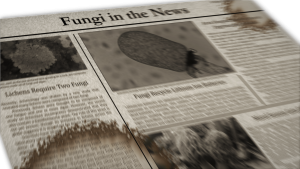#015: Characteristics of Division Glomeromycota
The Glomeromycota are unusual and poorly understood organisms. Fungi from this division rarely produce easily visible structures and cannot be grown without a plant host, so investigating them is very difficult. Glomeromycotan fungi are some of the most important fungi on Earth because they form arbuscular mycorrhizas, which provide essential nutrients to the vast majority of terrestrial plants.

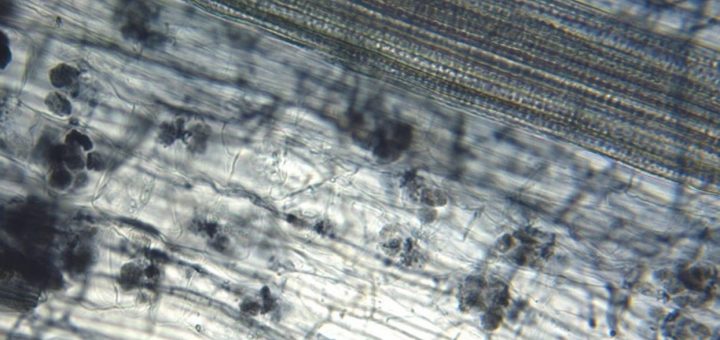
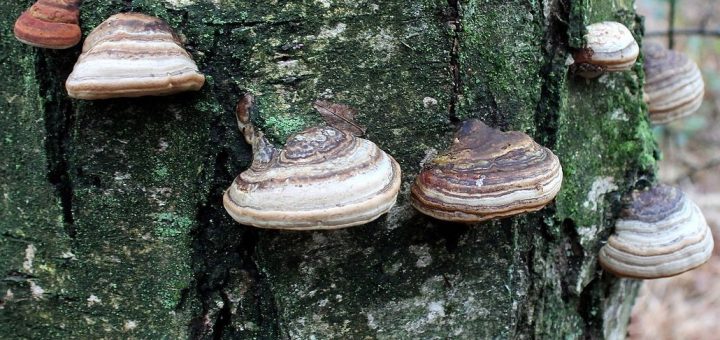
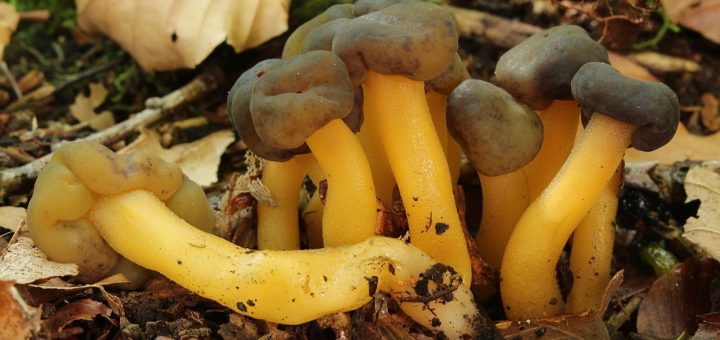
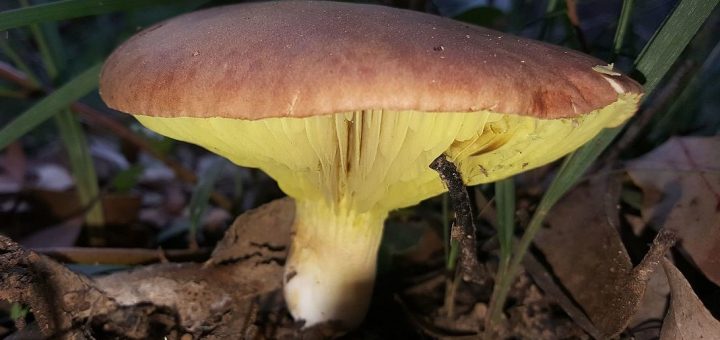
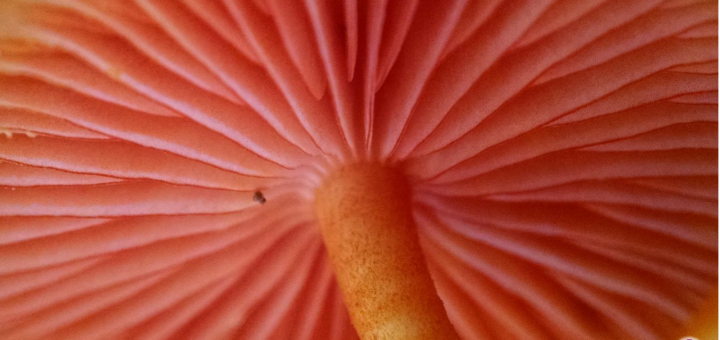
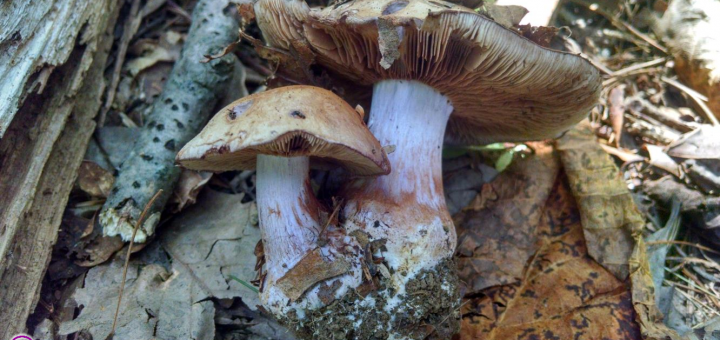
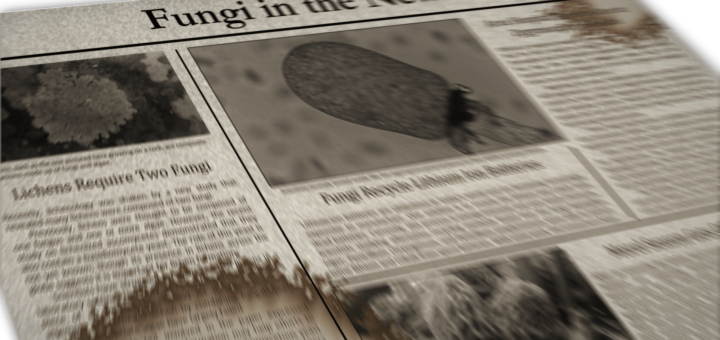
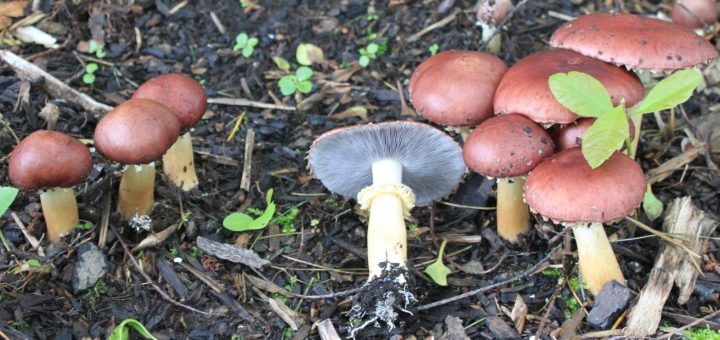
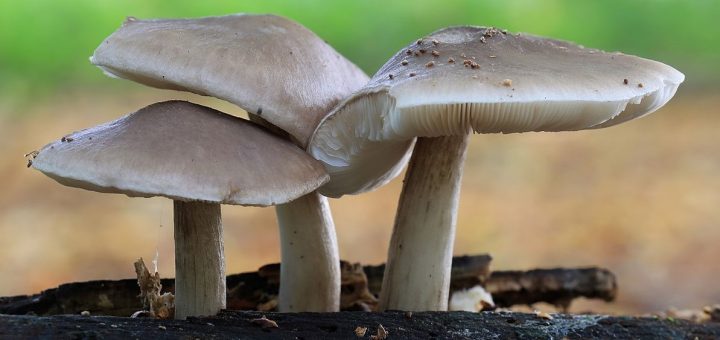
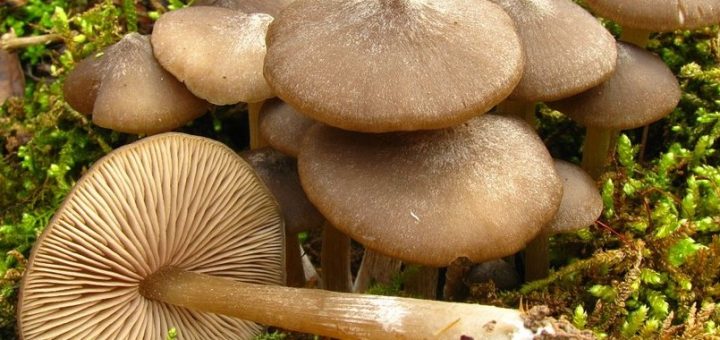





![#011: Characteristics of Kingdom Fungi [Archived]](https://www.fungusfactfriday.com/wp-content/themes/hueman/assets/front/img/thumb-small-empty.png)

